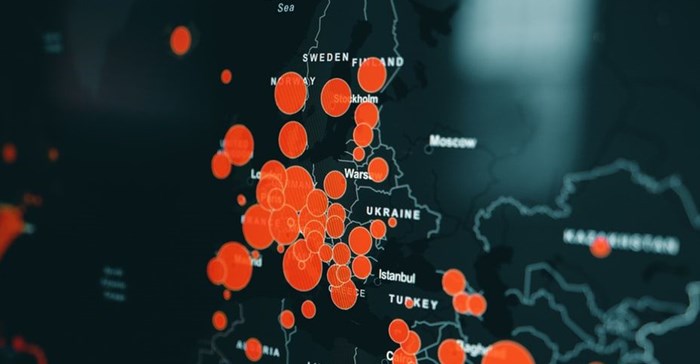Google Covid-19 and you'll find a multitude of visualisations and dashboards showing everything from the rate of spread, to the number of deaths and even industries most affected. They all pull in live data from a wide range of global sources and display in real-time. As most marketers know, this isn't an easy thing to do.
Data is often a tricky tool for marketers, so as we all obsess over Covid-19, there’s an opportunity to overcome marketing’s own data challenges. Here are our 5 top tips, handily organised into an easy to remember acronym.
C – Credible data from reliable sources
Data is the source of all visualisations such as dashboards. The Johns Hopkins dashboard draws on data from more than 14 different sources and makes them accessible to the viewer. As Covid-19 develops, we could be presented with conflicting data, and often in real-time. The lesson for marketers is that enabling scrutiny of source data adds credibility.
Top tip: When agreeing to undertake a data-based project, be clear upfront that you can access the information needed on an ongoing basis, and secure a commitment from your client to use only credible data from reliable sources.
O – Openness balanced with sensitivity
Too often, in corporates, data is siloed for the privileged few; usually the data and analytics teams. With Covid-19 it’s the opposite: because the virus affects everyone, we are all entitled to – and given – the data. In general marketing terms, the need to protect sensitive data is well understood, but the lesson is to balance confidentiality with the provision of information to those who need it.
Top tip: Unbox data when and where appropriate on the understanding that it will be used responsibly.
V – Visual simplicity
Visual communication is a common language. When it comes to visual aids like dashboards, the design is everything. Many of those we’ve seen for Covid-19 are complex and confusing, obviously created by scientists with no regard for usability or ease of understanding. Marketers know that the job of a dashboard is to create a relatively quick and easy takeaway for the viewer but sometimes forget that viewers need to focus on the key data. Balance and simplicity will help to avoid overwhelming and confusing the user.
Top tip: The best dashboards improve the learning experience by allowing the user to choose how information is displayed, interacting with the data in a way that enables their understanding. As for design, visualisation is simplified by small details such as using the same colours for the same type of info or always putting the same types of graph on the same side of the screen.
I – Iterative development
The next time you look at a Covid-19 dashboard, remember the stages that data has to go through before it is used: collection, processing, analysis, review, presentation. At every one of these points, an error can creep in. Covid-19 dashboards are continually evolving as errors are fixed and new data is added. The lesson is not to get hamstrung by a lack of perfection. As long as it is as close to accurate as possible, you can launch a minimum viable product and update it regularly.
Top tip: Start with an overview then make fixes and add new and supporting detail as it comes in. Clarify somewhere on the dashboard that it is a work in progress.
D – Direct relevance
It might be interesting to see the Covid-19 stats for other countries but South Africa is 6 weeks behind most of them. The public is consuming an overwhelming amount of information right now and flooding a visual dashboard can degrade the user experience. The lesson is to know your target market and what is relevant to them so that you can customise your data accordingly.
Top tip: Just because you have loads of data doesn’t mean you have to use it all. What is the most important information your target needs? Focus on that.
Marketers struggle to apply analytics to the data that they have to get value from it. On paper, the more data a business collects, the more patterns and trends that business should be able to identify. However, not all data is equal. Valuable data is the data that matters for better decision-making and enhanced strategic planning. Ask what decisions are being made based on the information being presented and use that data when planning your dashboard.





































